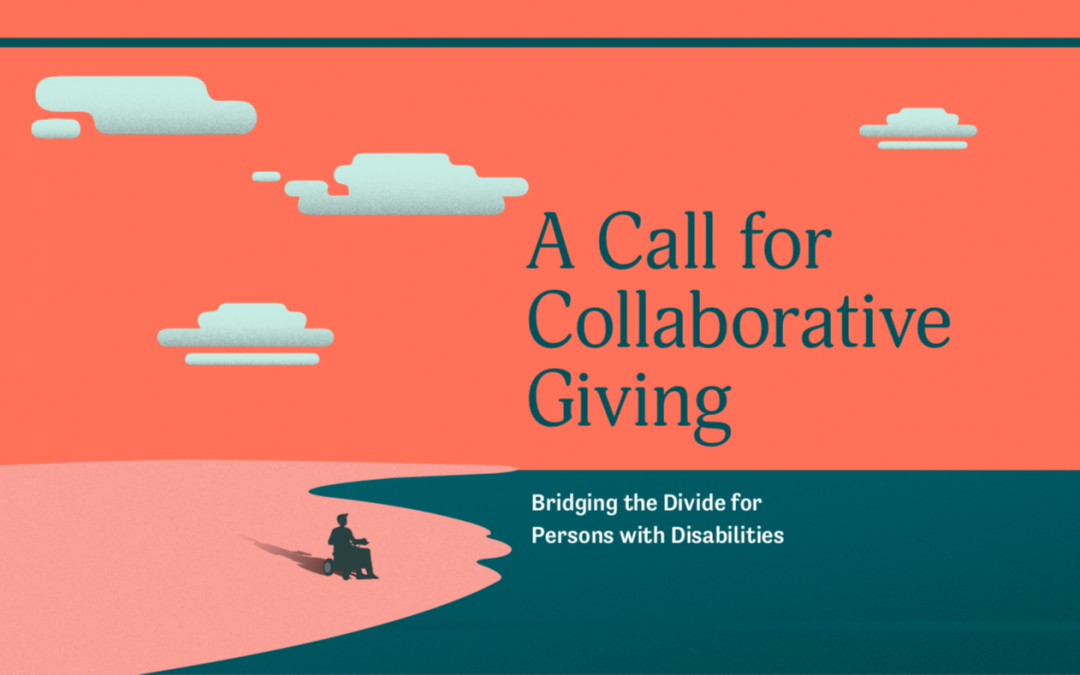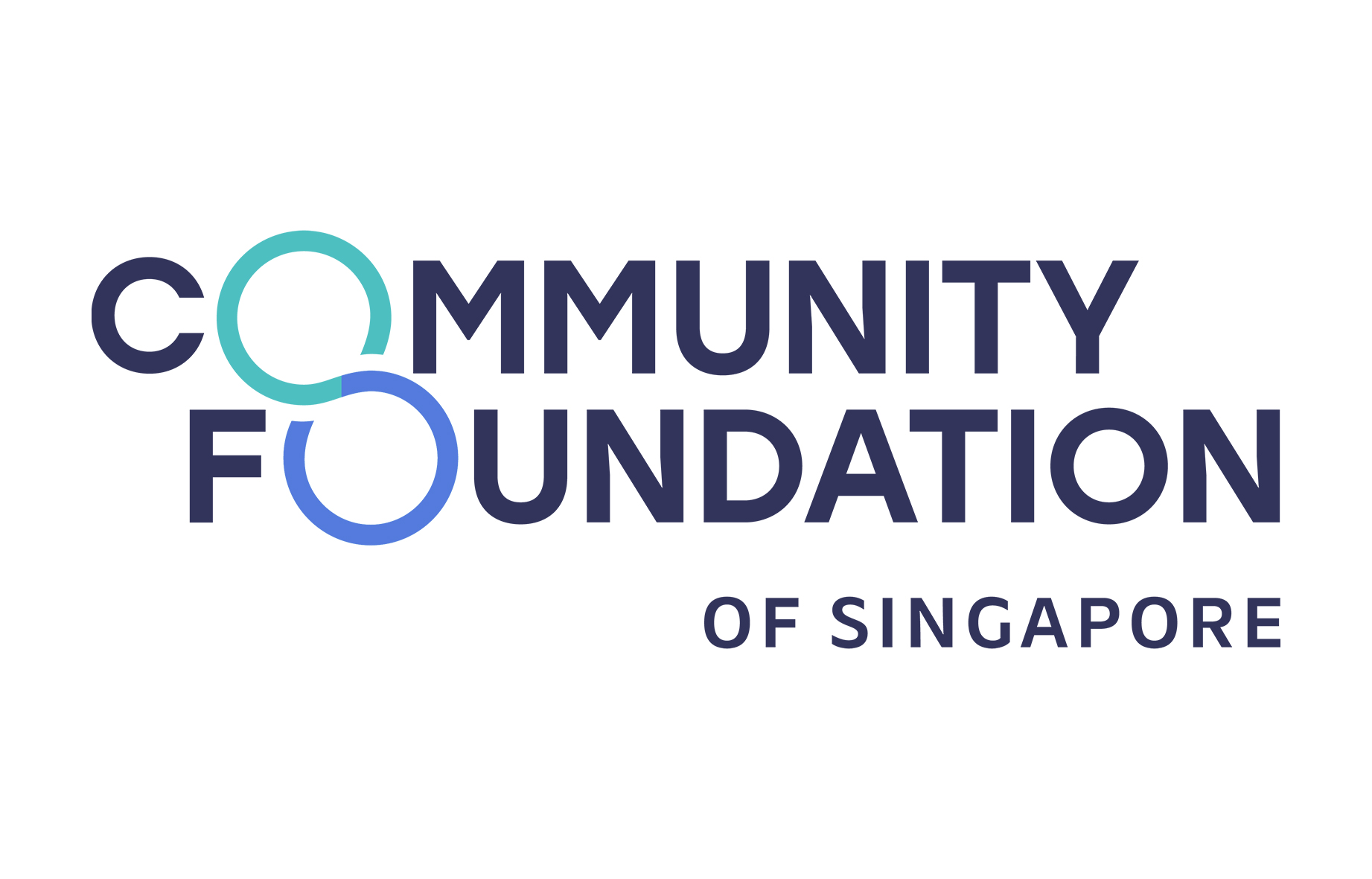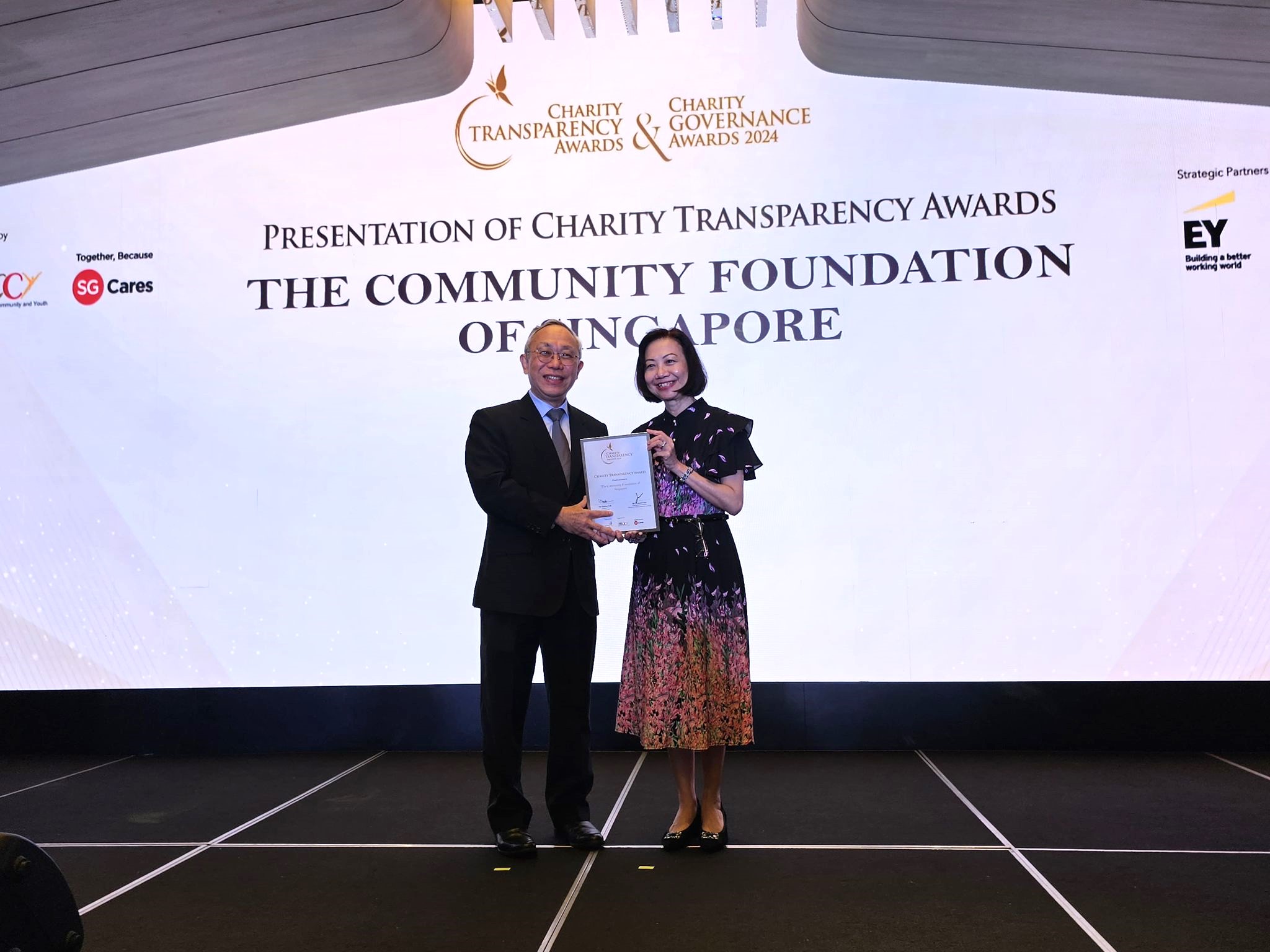A Call for Collaborative Giving: Bridging the Divide for Persons with Disabilities


This second Colabs publication reveals some of the challenges that persons with disabilities in Singapore face integrating into our community, especially after 18 years of age. This includes the lack of sustainable employment options and other opportunities to participate meaningfully in society. Some suggestions for collaborative solutions – based in part on the collective feedback of over 80 participants in the series – are outlined in the publication which can be downloaded here.
This second Colabs publication reveals some of the challenges that persons with disabilities in Singapore face integrating into our community, especially after 18 years of age. This includes the lack of sustainable employment options and other opportunities to participate meaningfully in society. Some suggestions for collaborative solutions – based in part on the collective feedback of over 80 participants in the series – are outlined in the publication which can be downloaded here.
- Related Topics For You: COLABS, COLLECTIVES, IMPROVING EMPLOYABILITY, INCLUSIVITY & INTEGRATION, NEWS, PERSONS WITH DISABILITIES



